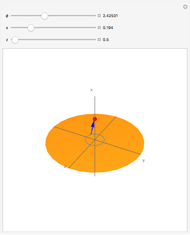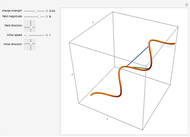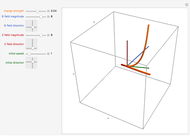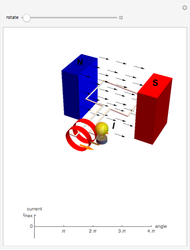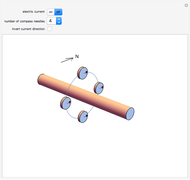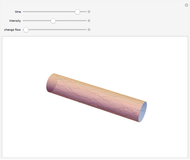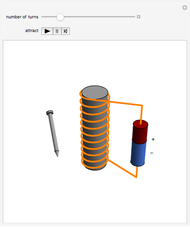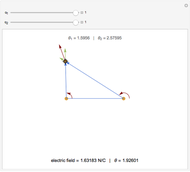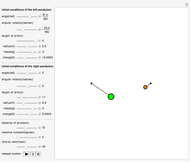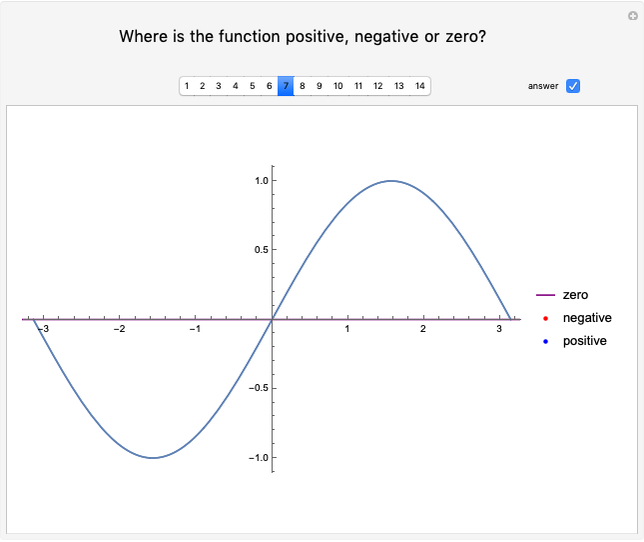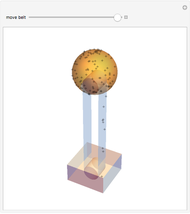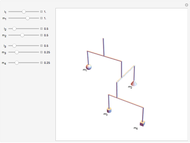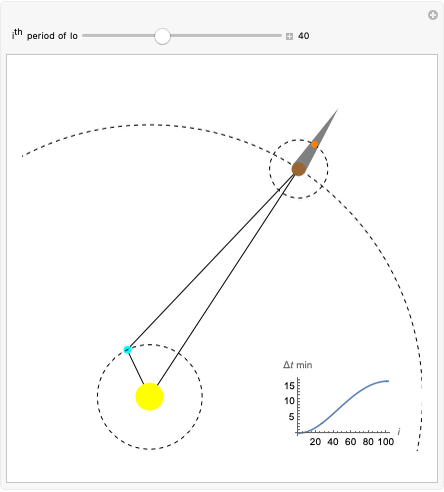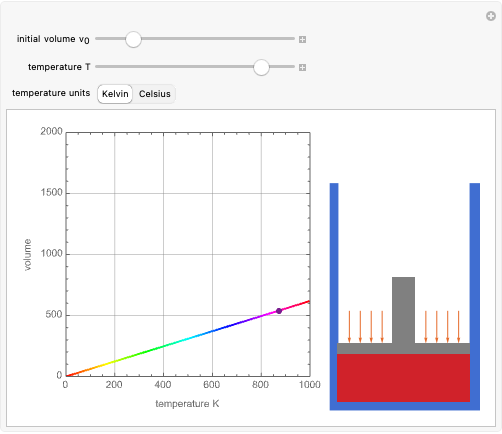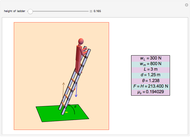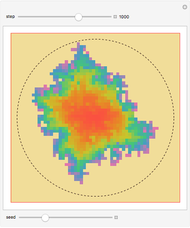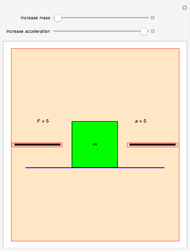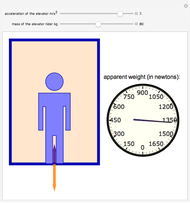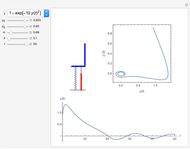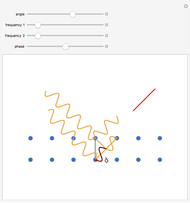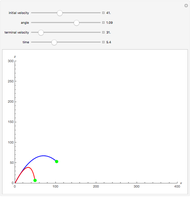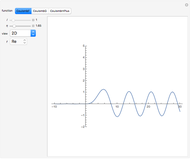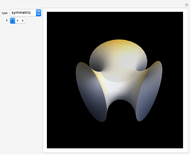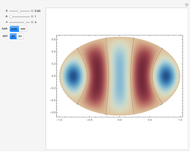Proton Moving along the Axis of a Charged Ring

Requires a Wolfram Notebook System
Interact on desktop, mobile and cloud with the free Wolfram Player or other Wolfram Language products.
A proton moves along the axis of a uniformly positively charged ring (right figure). If the velocity is small, the ring repels the proton and it bounces backwards, but when the initial velocity is large enough, the proton passes through the ring, reaching a minimum velocity. The position  and velocity
and velocity  are plotted as a function of time on the left. This problem illustrates an example of a force which varies with time.
are plotted as a function of time on the left. This problem illustrates an example of a force which varies with time.
Contributed by: Enrique Zeleny (March 2011)
Open content licensed under CC BY-NC-SA
Snapshots
Details
The electric field of the uniformly charged ring at the position  on its axis is given by
on its axis is given by
 ,
,
where  is the linear density of charge, taken to be
is the linear density of charge, taken to be  , and
, and  is the radius of the ring, equal to 3 cm.
is the radius of the ring, equal to 3 cm.
Knowing the initial position and velocity, the electric field is computed and we suppose that the acceleration is constant for a sufficiently small interval of time (here of the order  s). Then we find the change in position and velocity at the end of the interval, and a new electric field and the acceleration are computed; the procedure is repeated 3000 times.
s). Then we find the change in position and velocity at the end of the interval, and a new electric field and the acceleration are computed; the procedure is repeated 3000 times.
For further details, see D. Halliday, R. Resnick, and K. S. Krane, Physics, Vol. 2, 5th ed., New York: Wiley, 2006.
Permanent Citation








